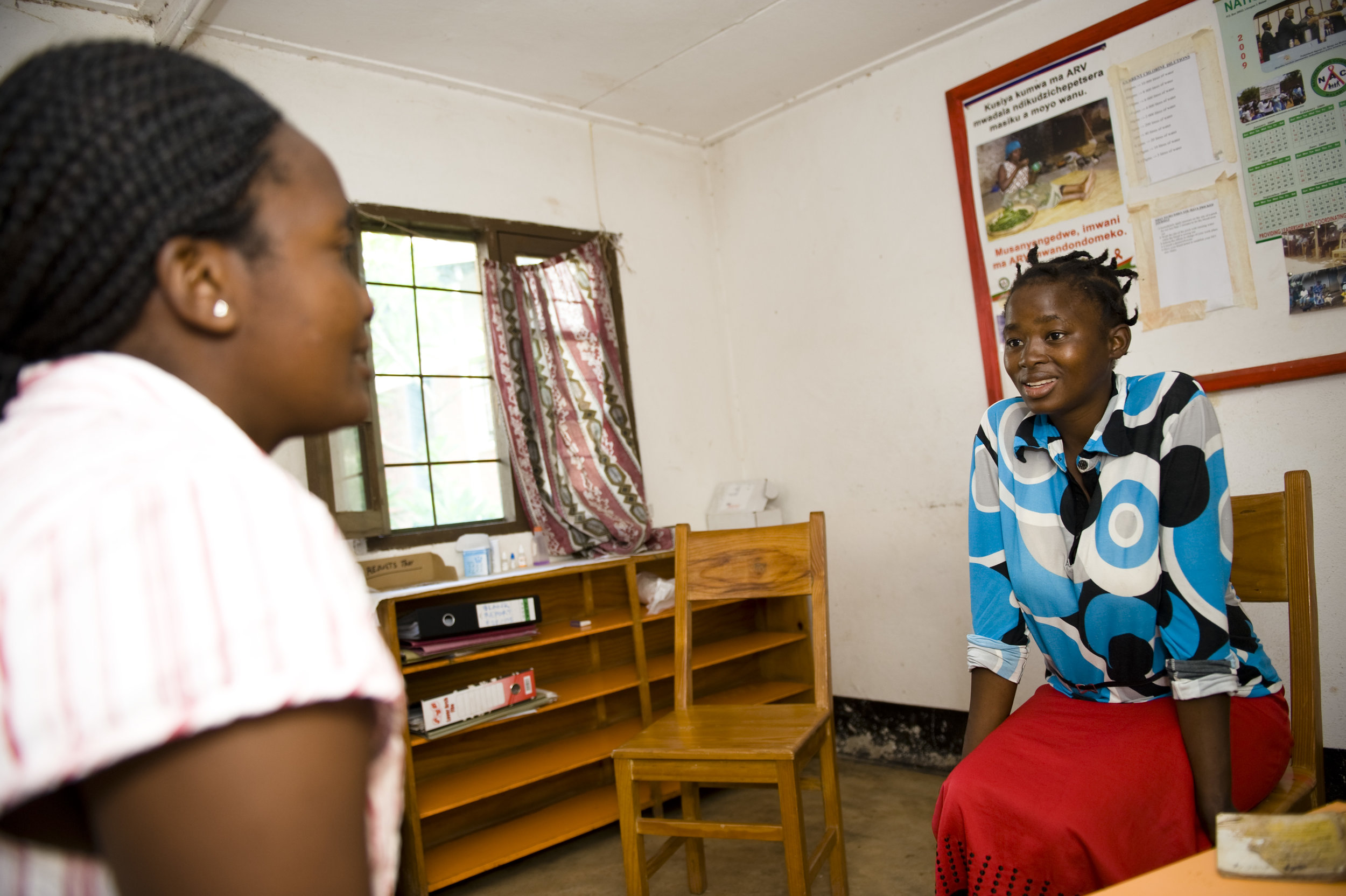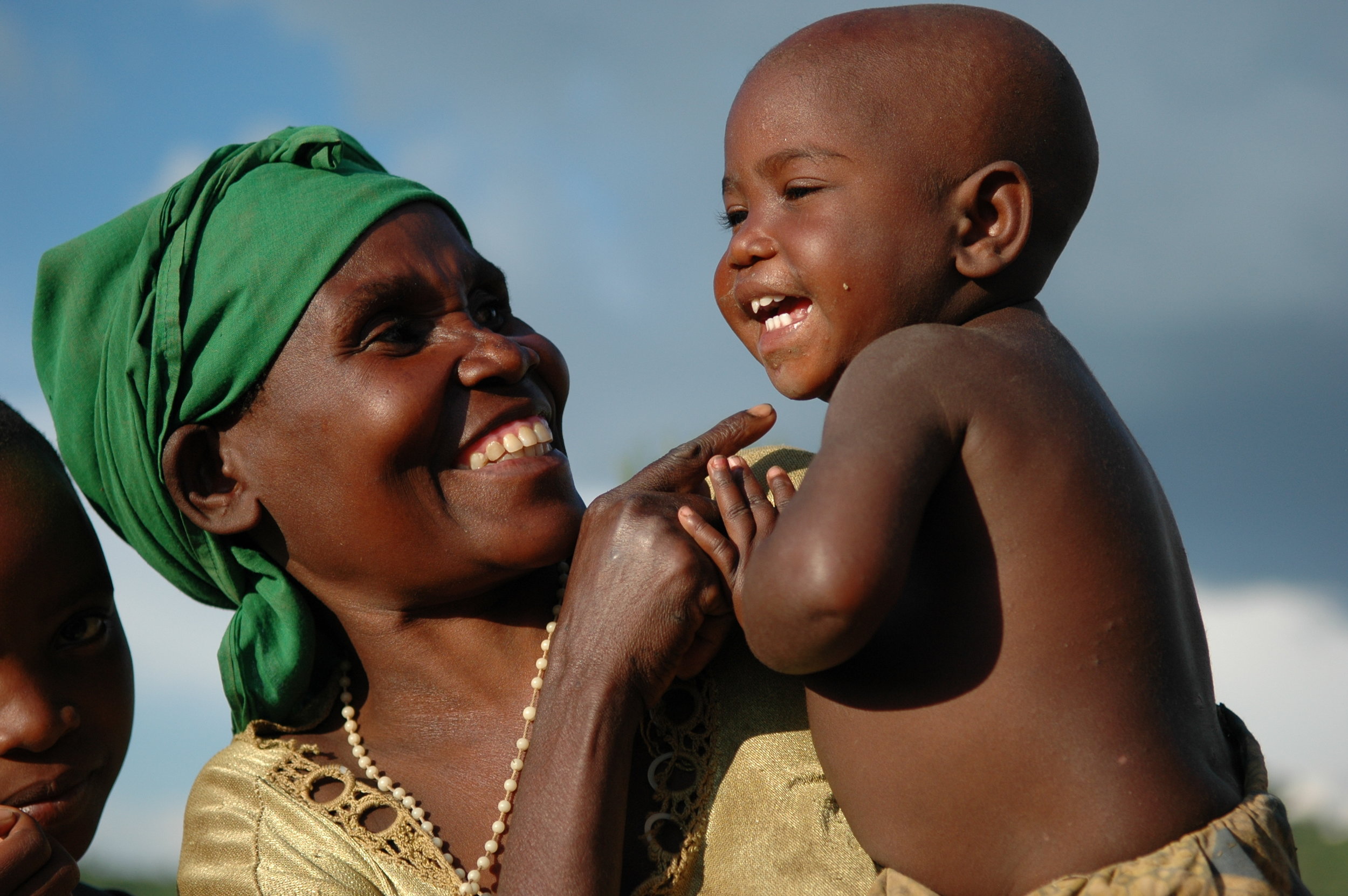Pediatric AIDS: 5 Things to Know
Pediatric AIDS is preventable, but it requires testing, treatment and support for pregnant women. That can be difficult when your closest treatment and testing facility is miles away. It means you may be unable to cultivate your farm or look after your children. One of the most prominent fears that prevents people from being tested the fear of stigma.
Here are 5 things you need to know about pediatric AIDS:
1. The Numbers: about 3.3 million children were living with HIV in 2012 according to UNAIDS. Of which, 1.9 million were in need of treatment. Only 650,000 children were actively accessing it at the time. In the same year, 260,000 children (700 per day) were newly infected with HIV, while another 210,000 (600 per day) died of AIDS related illnesses.
2. Diagnosing the Disease: Reaching a testing site is a hurdle for most families, particularly in rural communities. In 2011, only one-third of children exposed to HIV were tested for the virus within the recommended two-month time frame, mainly because testing is only available in central laboratories that are difficult to reach for most families. Test results also take time, and many families are not able to return to receive the diagnosis. No diagnosis means no treatment, and without treatment, half of all children born with HIV will die by the age of two and the majority will die by the age of five.
3. Accessing treatment: Just as with the tests, the clinics for treatment are often very far from rural villages, making it a difficult journey. HIV is also accompanied by a stigma, often causing families to shy away from accessing treatment. Although pediatric formulations are now available, family members need training to manage the disease alone. A nutritious diet is essential when taking anti-retroviral drugs, but healthy foods can be difficult to consistently access. That’s why the community approach is so effective. Community organizations can help provide food for families as well as help them grow food for long-term sustainability. Community leaders may also influence behavior to decrease stigma and increase knowledge about treatment and support for living with HIV.
4. Treatment Obstacles: Although there have been many advances in research and treatment of pediatric AIDS, the main obstacle to prevention and treatment is lack of testing. Many parents fear disclosing their HIV status, concerned about their child facing stigma and the idea of what it will mean to them—with that knowledge, children must confront the notion of death at an early and vulnerable age. Many Firelight partners assemble support groups so families living with HIV can take turns picking up medications for the group and encourage each other to keep up on their medication.
5. Current Solutions: Ensuring that all children get tested and have access to treatment is the main hurdle when it comes to pediatric HIV. When pregnant women and children have adequate and continued care they can and do live long, healthy lives. A combination of efforts are needed to make this a reality:
- testing of both women and children to prevent future infections, and treatment located closer to where most children are affected,
- more health workers specifically trained to work with children in the community,
- community organizations leading efforts to educate family members on the disease so they know how to manage the disease, prevent future infections as well as combat the fear and stigma of the disease.
Although these obstacles may seem great, information and investing in solutions are the right steps to ending pediatric AIDS. Until November 6th, you can help communities end pediatric AIDS and support children living with HIV in Fund: Healthy Beginnings.



